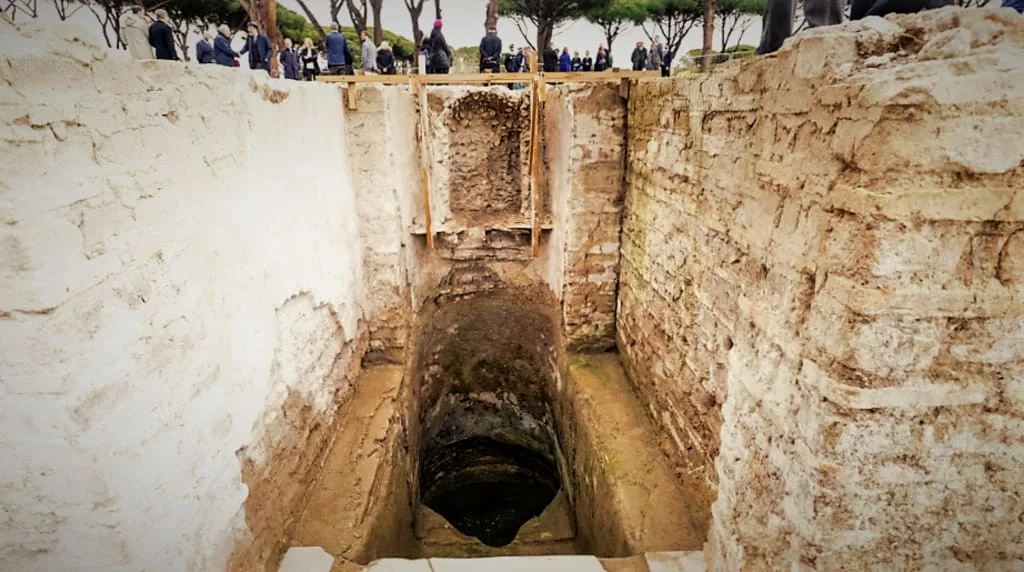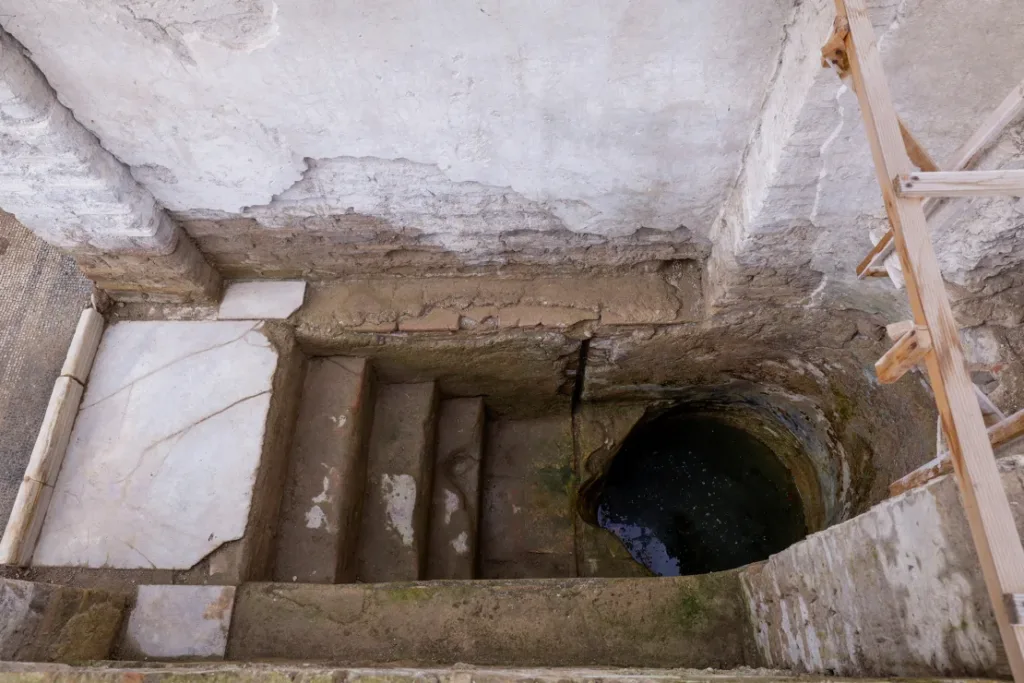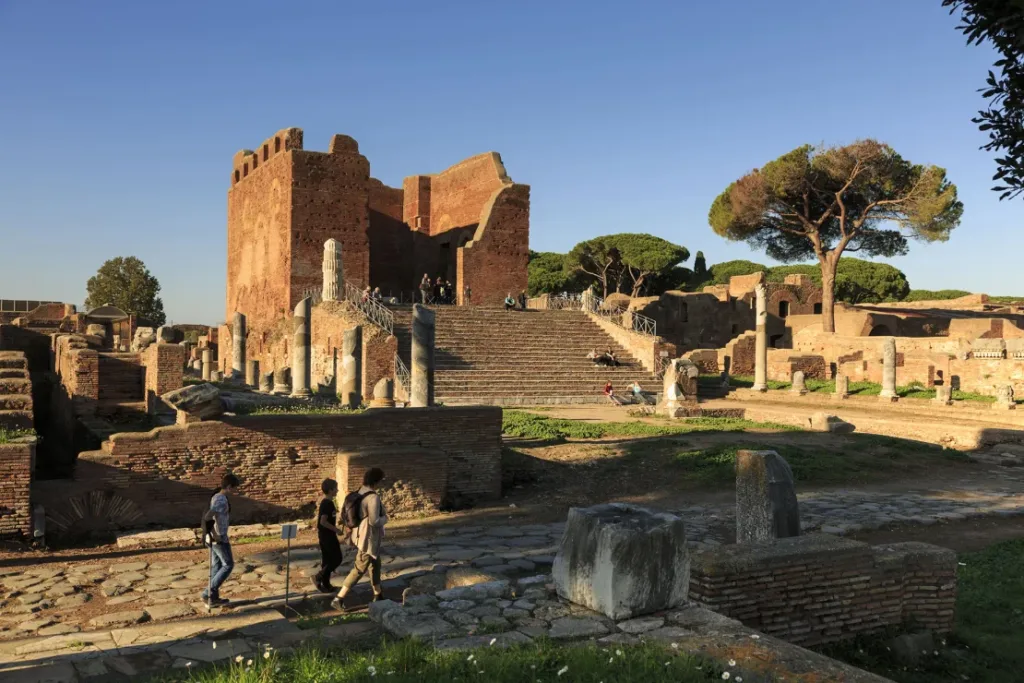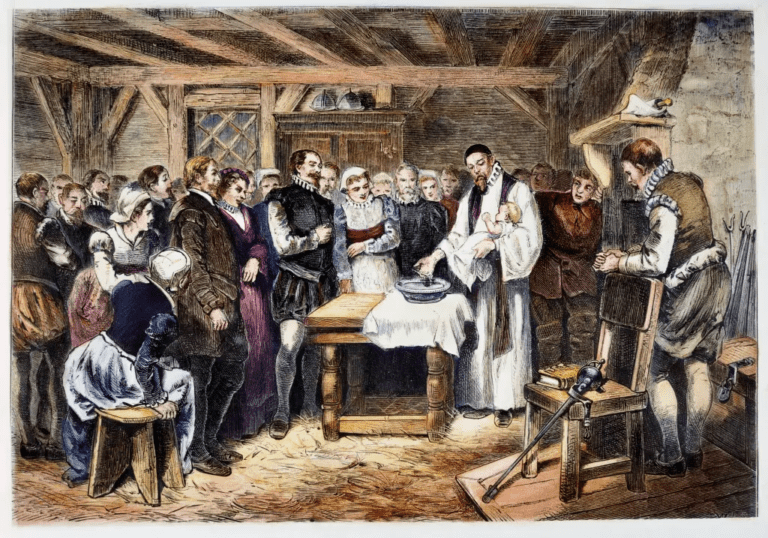Stunning Discovery of Ritual Bath Reveals Jewish Life in Ancient Rome!

A Remarkable Discovery in Ostia Antica
In a groundbreaking revelation, archaeologists have uncovered the ruins of an ancient Jewish ritual bath, or mikveh, in the city of Ostia, located just 16 miles from Rome. This mikveh is the oldest of its kind discovered outside the biblical regions of Israel and the surrounding areas. The discovery sheds new light on the history of the Jewish community in ancient Rome.

The Significance of the Discovery
- Mikveh’s Role in Jewish Rituals: The mikveh was used for ritual purification by religious Jews, a practice that dates back to ancient times. Its discovery in Ostia, the first Roman colony, provides evidence of the deep-rooted Jewish presence in the area during the Imperial age.
- Historical Context: The mikveh was found within the Ostia Synagogue, built at the end of the 2nd century AD. The bath, which was situated in a small room, was adorned with blue plaster and shells and surrounded by columns, signifying its importance.

- Cultural Crossroads: The discovery highlights Ostia as a cultural crossroads, where various communities coexisted, exchanging ideas and traditions. Italy’s Minister of Culture, Alessandro Giuli, emphasized that the find “strengthens the historical awareness of this place as a cradle of tolerance between different peoples.”
Additional Finds and Ongoing Excavations
- Objects Discovered: Alongside the mikveh, archaeologists unearthed small statues, marble fragments, a lamp with a menorah design, and an intact glass goblet dating back to the 5th-6th centuries AD. These finds add to the understanding of Jewish life in Ostia.

- Ongoing Research: Excavations, which resumed in 2022 after a long hiatus, are revealing more about the ancient city. The site has been preserved by sand dunes, and much of it, including the mikveh, remains an important point of historical exploration.
The discovery of the mikveh not only enhances our understanding of the Jewish presence in ancient Rome but also reinforces Ostia’s role as a multicultural hub in the Roman Empire. The call for public access to this new monument is growing, as it provides a tangible connection to Rome’s ancient Jewish community and their observance of traditions.






